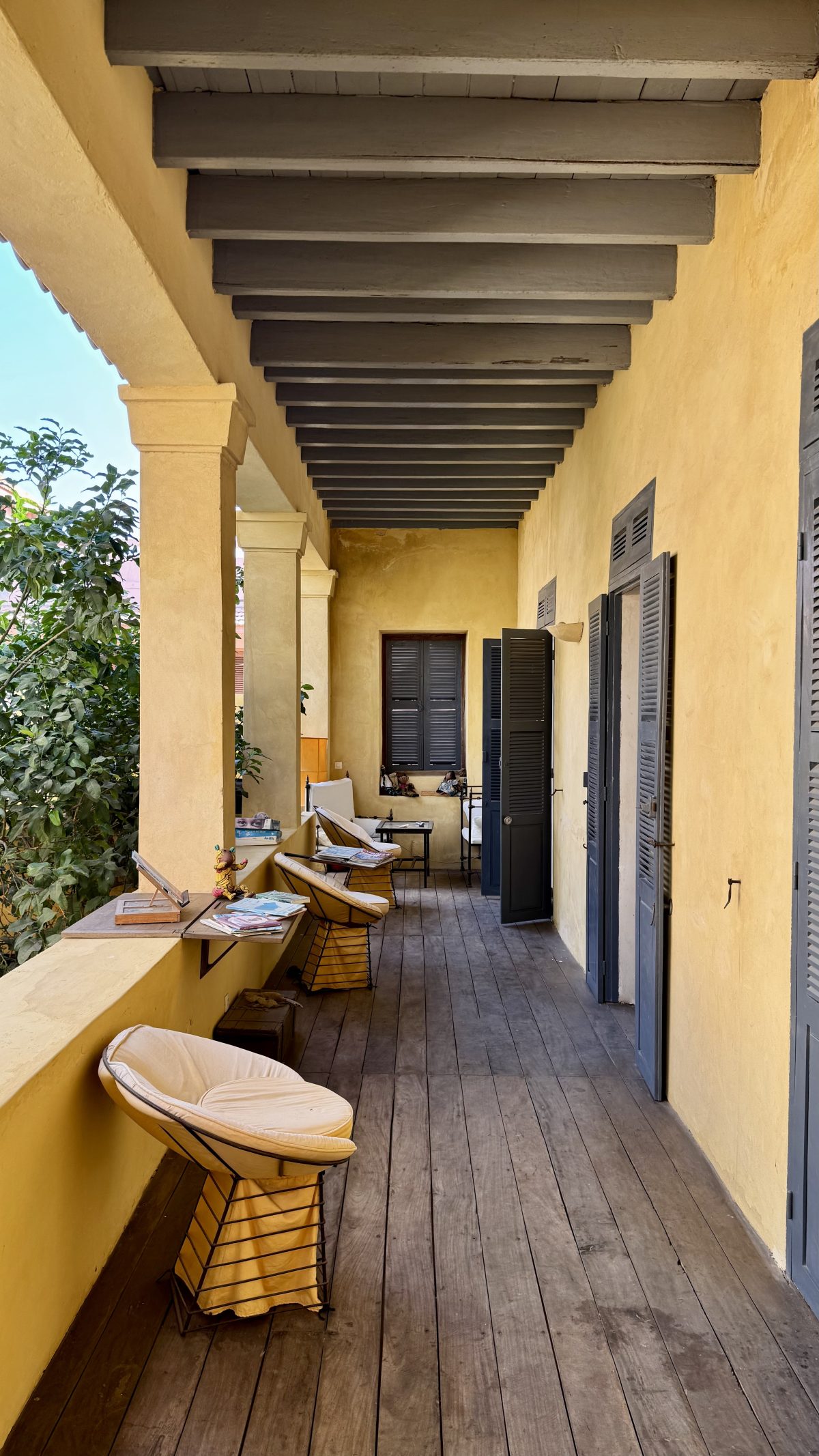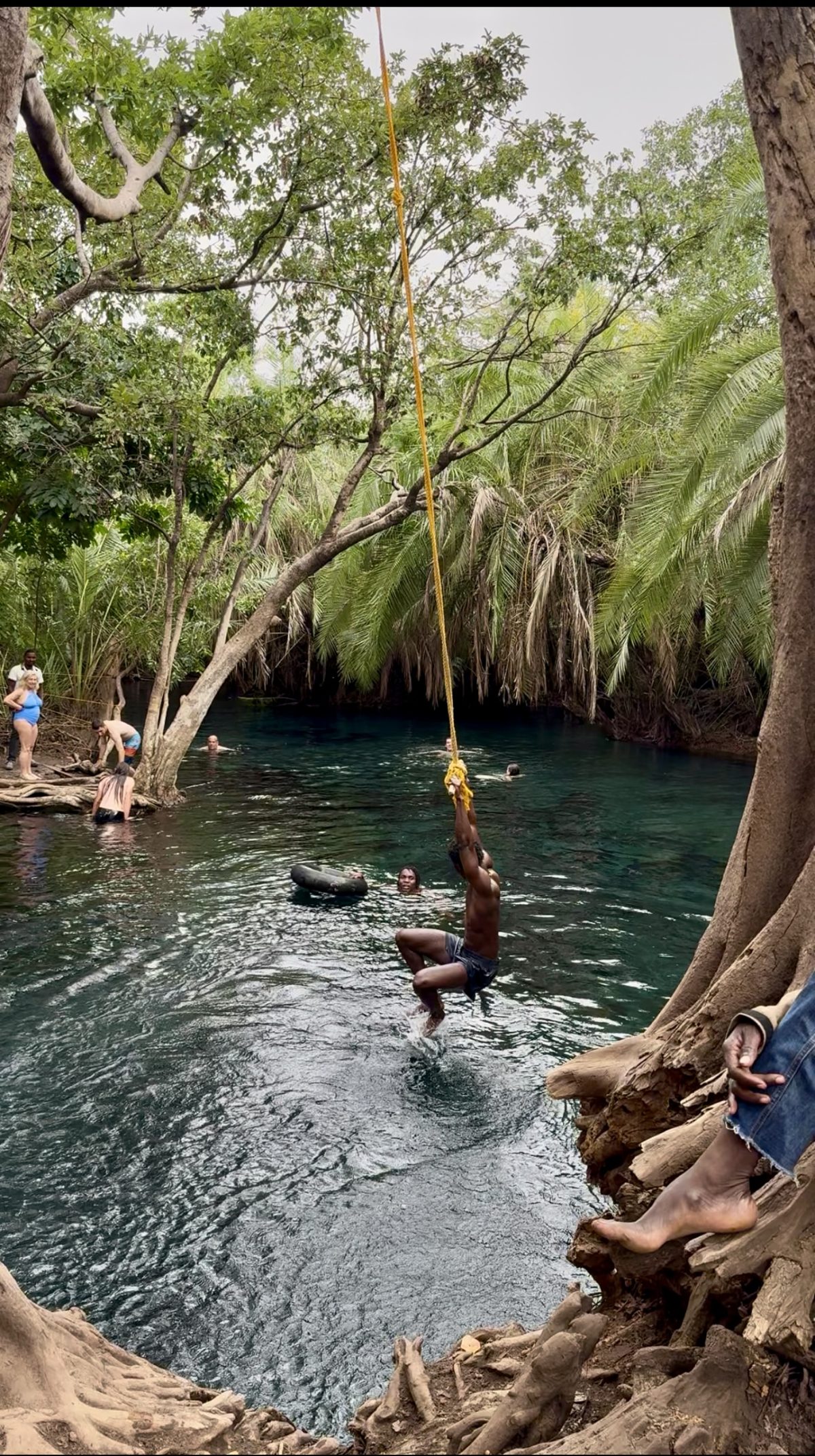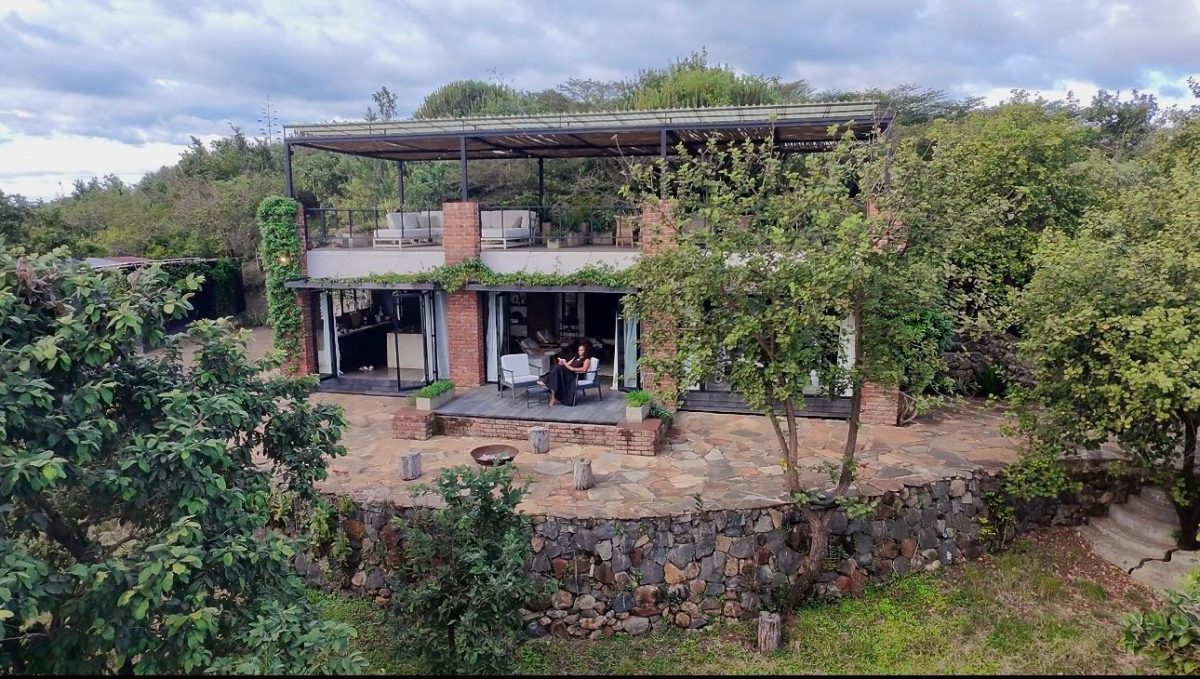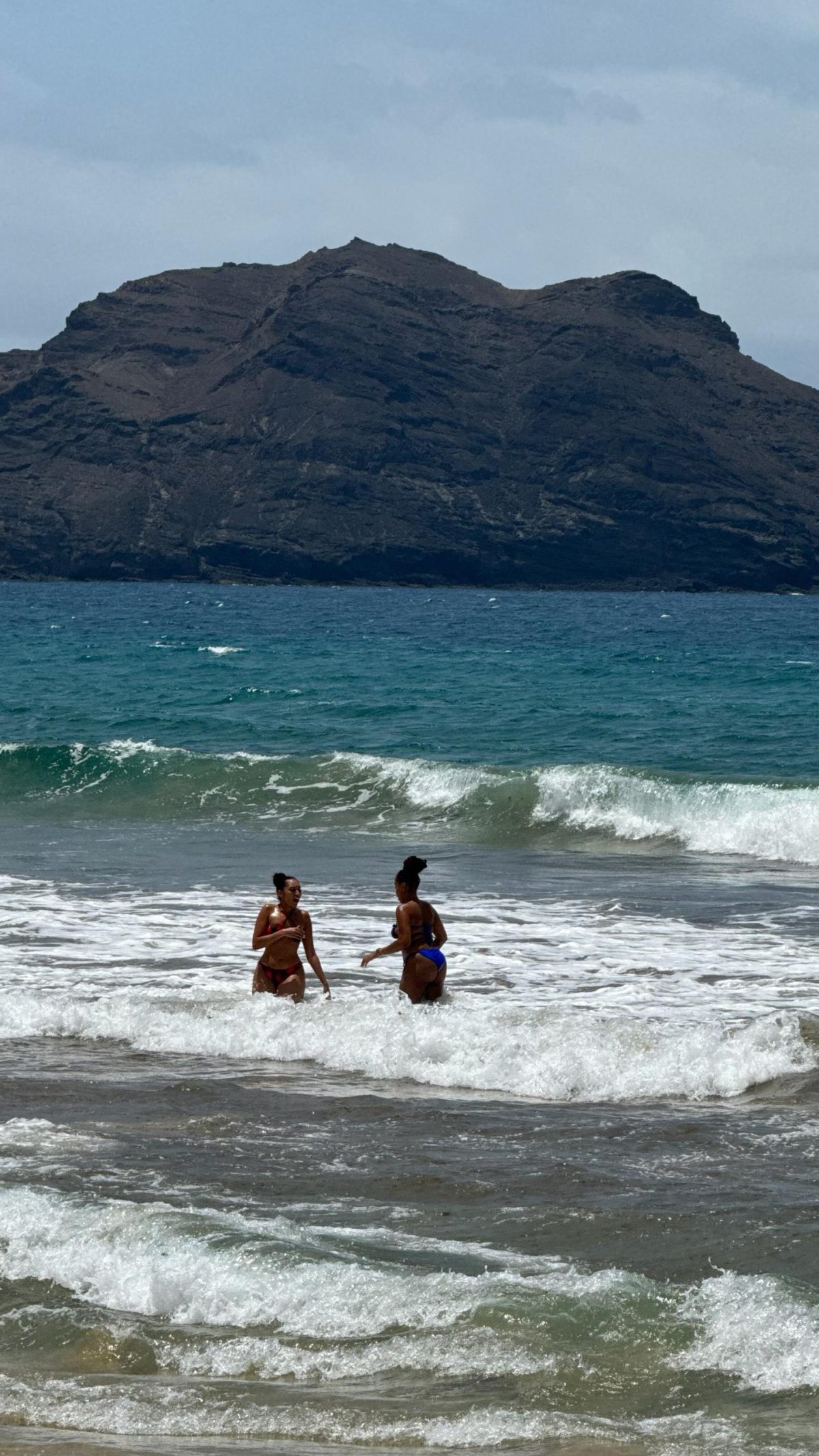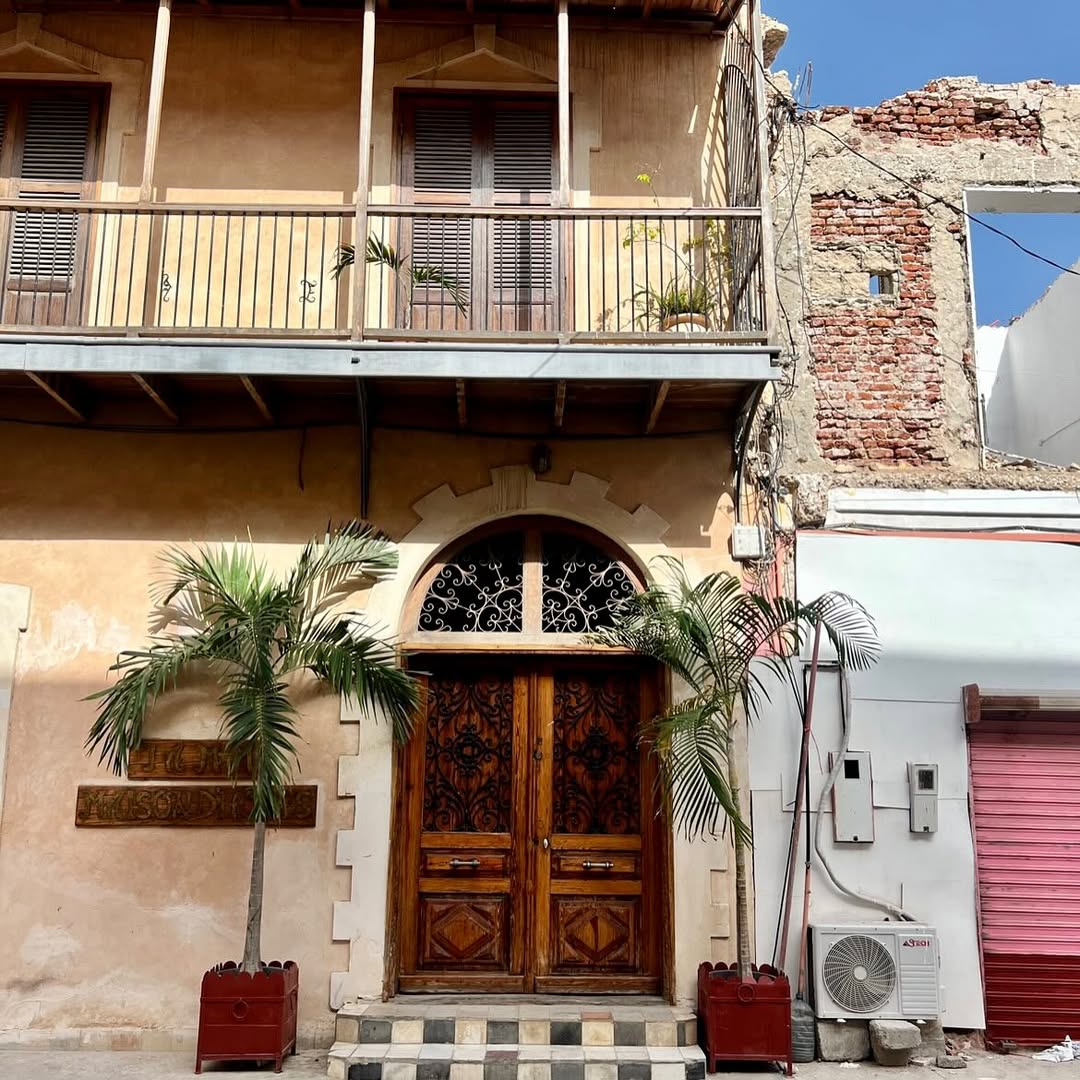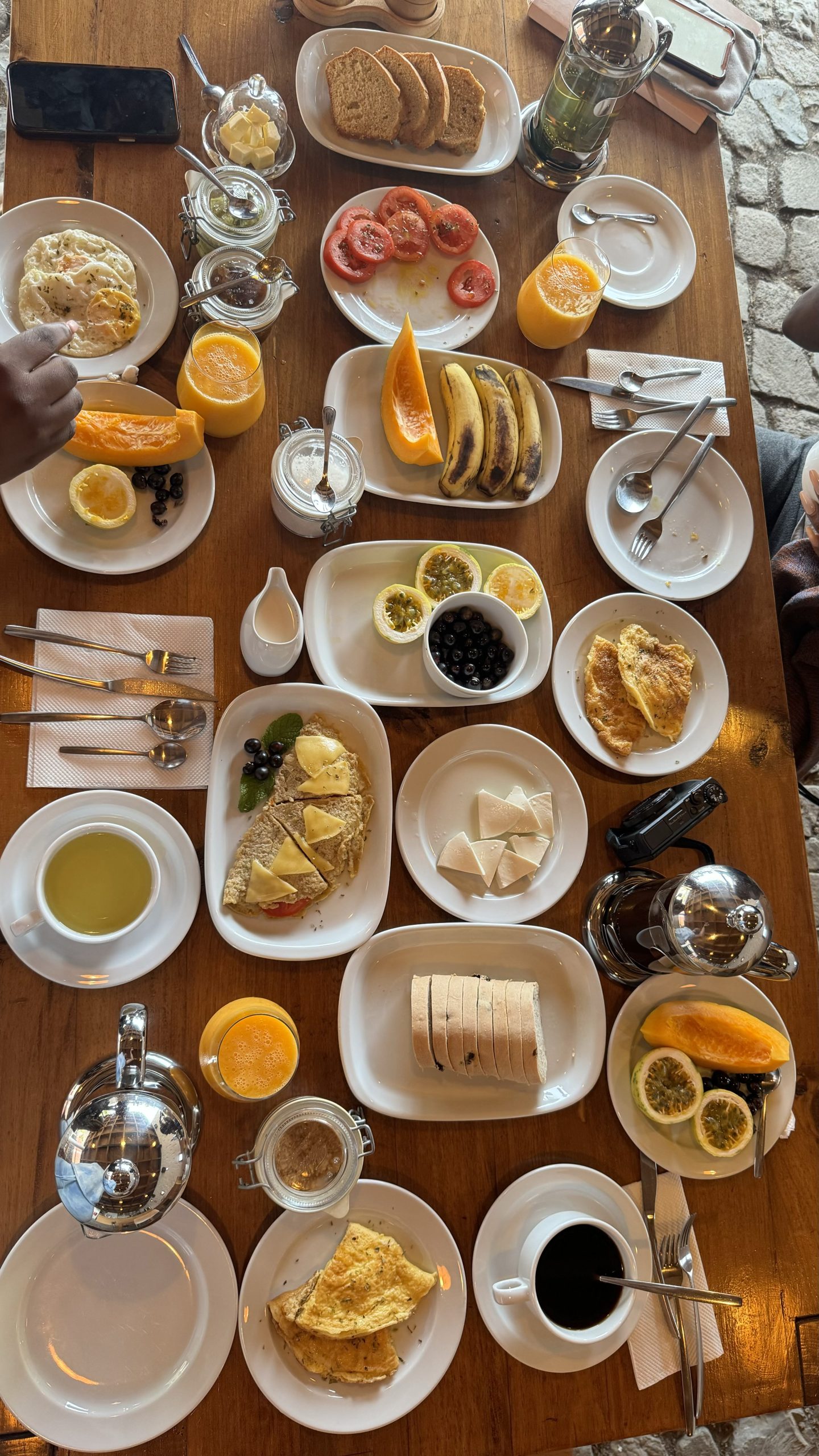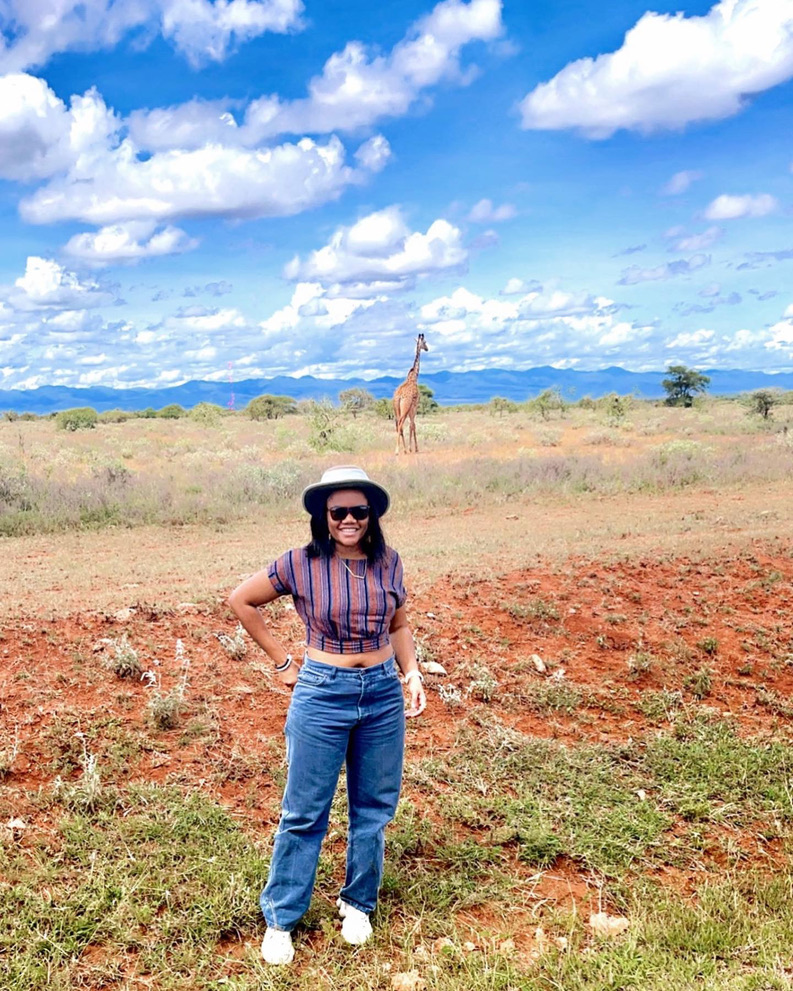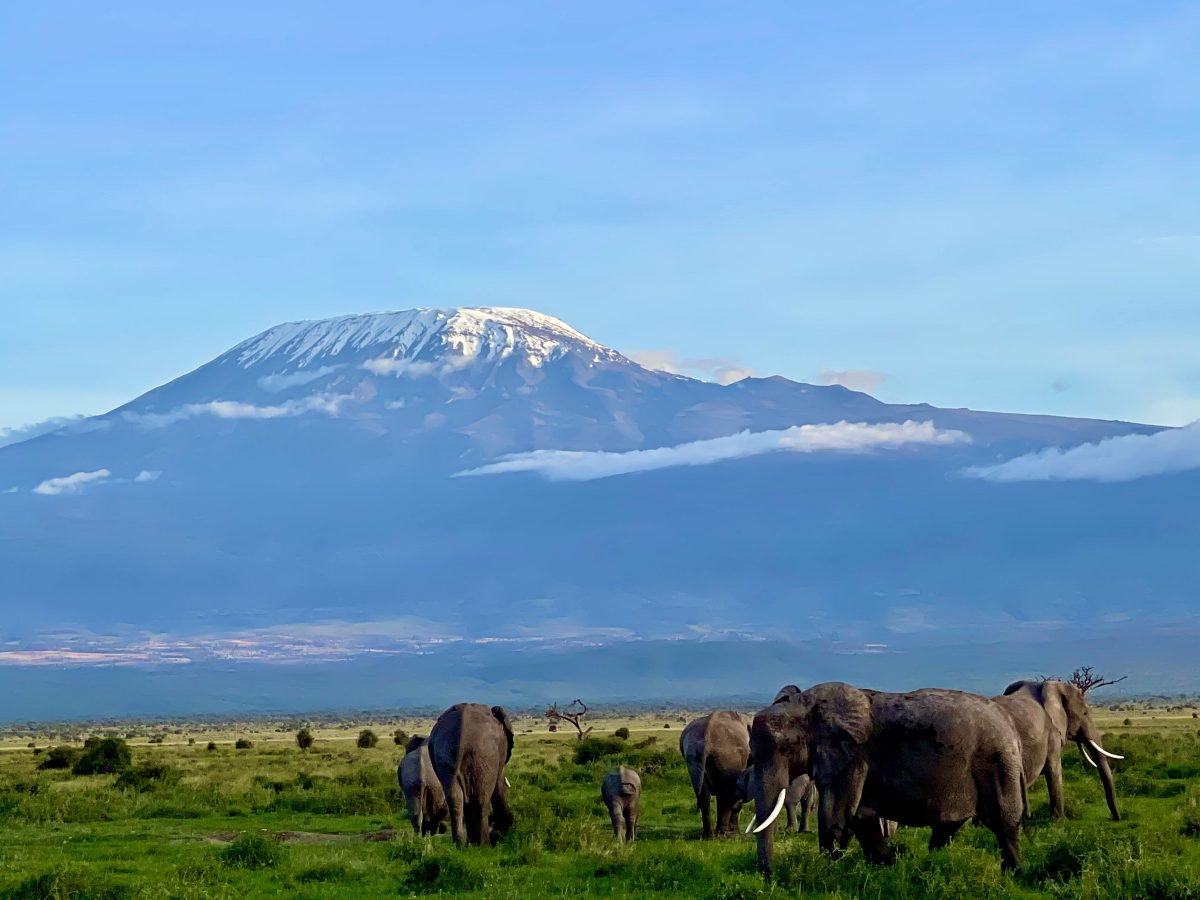Your cart is currently empty!
Category: Africa
Slow Travel in Africa: What Remote Work Really Looks Like
I just came back from the most blissful retreat to open the year. Pink flamingoes right outside my lakeside cabin deck, slow beach mornings, and still really good Wi Fi to sneak in some work. It felt like the perfect reminder that life does not have to be paused for productivity and that building a…
Au Fil Du Fleuve: A Boutique Experience In St Louis, Senegal
There are places you visit, and the experience stays with you long after you’ve left. Au Fil Du Fleuve (which means “along the river” in French) in Saint-Louis, Senegal, was one of those.
What To Do In Arusha, Tanzania: A Travel Guide
Arusha is the gateway to Tanzania’s northern safari circuit and a destination worth exploring on its own. The city offers stunning landscapes, lively markets, natural hot springs, coffee farms, and cultural experiences that give you a real sense of place. This guide shares everything you need to plan your trip—when to visit, how to get…
Nyumba Ndoto: A hidden Gem in Arusha, Tanzania
Arusha, dubbed the “Geneva of Africa,” offers a tranquil escape at Nyumba Ndoto, a serene cabin surrounded by nature. Guests appreciate spaciousness, breathtaking views, and thoughtful design. Equipped for relaxation, this off-grid stay encourages mindful living. With cozy pods for added privacy and a well-stocked kitchen, it’s perfect for small groups seeking tranquility.
Cape Verde vs Tanzania: Which Should You Visit?
One of the most common questions I get from people is, “Which should I visit, Cape Verde vs Tanzania? Can you help me decide?” And I totally understand. Both countries are breathtaking, but outside of the beautiful beaches, people don’t really know what else they offer.
Best Things to Do in St. Louis Senegal – A Complete Travel Guide
St. Louis, Senegal, is a city that whispers stories of the past through its colonial architecture, colorful fishing boats, and rhythmic beats of local music. Once the capital of French West Africa, this UNESCO-listed island city feels like stepping back a decade in time.
The Ultimate Senegal Travel Guide: Explore Like a Pro
I’ve smelled the best incense of my life and tasted the flakiest, most delicious croissants in Senegal—but that’s not the best part of this Francophone gem.
Nairobi Awaits: 20 Top Activities for Every Traveler
Nairobi, Kenya’s vibrant capital, is a city like no other—a thrilling mix of urban energy and untamed nature. Just minutes from downtown, you can witness majestic wildlife at Nairobi National Park, where lions, rhinos, and giraffes roam freely against towering skyscrapers. It’s where the city’s heart meets the call of the wild. Beyond the park,…
Kenya Travels: Everything You Need to Know
Kenya is a place that never stops calling me back—a land where every visit feels like the first, filled with awe and discovery. Imagine standing on the edge of the Maasai Mara as the ground beneath you trembles with the rhythm of a million hooves. The Great Migration is not just a sight it’s a…

